Which Solar Lights Are Most Cost-Effective for Community Common Areas?
Managing lights for a neighborhood or condo complex isn’t just about flipping a switch—it’s a juggling act of keeping walkways safe after dark, parking lots visible for late arrivals, and green spaces inviting without blowing the budget on bills or repairs. I’ve chatted with property managers who’ve swapped flickering sodium bulbs for solar options, only to see savings stack up quick. In communal areas, solar lights shine for their zero-energy pull from the grid, but picking the right type means weighing lumens against dollars. We’ll scout typical spots like paths and lots, pit Bitpott path lights against wall mounts, crunch energy returns, dissect install costs, and peek at a real-ish community rollout. For HOAs or facilities teams, the payoff is in smart combos that light up without lighting your wallet on fire.
-6-1-1024x400.webp)
Community Demands: Matching Light to Paths, Parking, and Greens
Every corner of a community demands different glow. Pedestrian walkways need gentle, even spreads to guide strollers and dog-walkers—think 100-200 lux at ground level to spot cracks or puddles without glare. Parking zones crank it up to 300-500 lux for security cams and reverse maneuvers, often with motion triggers to save juice. Greenery or benches? Softer accents at 50 lux for ambiance, highlighting landscapes without wasting on empty air.
Common setups break down like this:
- Paths and Sidewalks: Low-level, wide-beam for 3-5m coverage; dusk-to-dawn sensors.
- Parking Lots: Taller poles or walls for broader throw (10m+ radius); brighter LEDs for CCTV clarity.
- Green Belts: Stake or bollard styles; warm tones to blend with nature, IP65+ for sprinklers.
- Entry Gates: Focused spots; timers or apps for peak hours only.
Mismatches waste energy—a harsh flood on a quiet trail bugs residents, while dim paths invite trips. Solar’s edge? Auto-adjust to ambient light, scaling output to needs and cutting overkill.
Bitpott Paths vs. Walls: Beam Spread, Coverage, and Height Trade-Offs
Bitpott’s lineup splits duties smartly. Path lights stake low (0.5-1m high), diffusing soft rings for intimate trails, while wall mounts perch at 2-3m, casting wider cones for lots. Brightness-wise, paths hit 200-400 lumens per unit, covering 5-8 sqm; walls amp to 800+ for 20 sqm sweeps.
Key diffs in community fits:
- Bitpott Path Lights: Ground-huggers with 120° spreads; ideal for edging curbs. Pros: Glare-free, easy swap. Cons: Shadowed by cars if too low.
- Wall Lights: Elevated throw reduces hot spots; motion modes extend battery. Pros: Vandal-resistant mounts. Cons: Needs walls or posts.
- Coverage Clash: Walls illuminate 2x area at half the units, per Bitpott specs—better for sparse parking, paths need denser grids.
In a mid-size complex, mixing saves 30% on fixtures; I’ve seen paths line edges, walls anchor centers for overlap efficiency.
Clustered vs. Spread-Out: Energy Efficiency in Placement Patterns
Clustering lights around hubs versus sprinkling them everywhere shifts energy use. Centralized poles (one tall Bitpott wall per 50 sqm) pool power but create dark pockets if beams miss. Distributed paths dot every 3-4m, evening out light but upping panel exposure needs.
Efficiency showdown:
- Centralized Pros: Fewer batteries to maintain; stronger signals for smart controls. Cons: Wind vulnerability on poles; higher upfront poles ($100+ each).
- Distributed Pros: Redundant—if one fails, neighbors cover; better solar angle variety. Cons: More stakes mean minor shading losses.
- Energy Winner: Distributed edges in solar scenarios, harvesting 15-20% more via spread-out panels, as community audits show—centralized spikes draw during clouds.
For winding neighborhoods, go distributed paths; open lots favor central walls to minimize wiring mimics.
Power Costs and Payback: Solar vs. Traditional Annual Expenses
Traditional HID lamps suck 50-100W nightly, racking $0.50-1 per unit in juice annually (at $0.15/kWh). Solar? Zero ops cost post-install, with Bitpott’s 5W LEDs running off sun alone. Over a 5-year cycle, solar returns investment in 2-4 years via eliminated bills.
Cost crunch:
| Metric | Solar Bitpott | Traditional Grid | Annual Diff |
|---|---|---|---|
| Energy Use (kWh/year/unit) | 0 | 150-300 | Solar saves 100% |
| Electricity Cost | $0 | $20-45 | $20-45 saved |
| Bulb Replacements | $5 (rare) | $15-30 | $10-25 edge |
| Total 5-Year Ops | $25 | $175-375 | $150-350 payback |
Add incentives—rebates shave 20-30% off solar upfront ($20-50/unit). In sunny suburbs, ROI hits 18 months; cloudier spots stretch to 3 years but still beat grid hikes.
Setup and Care Expenses: How Wireless Solar Slashes Labor and Wires
Grid lights demand trenching, conduits, and electricians—$100-200 per fixture in labor. Bitpott solar? Stake or screw in 10 minutes, no permits for low-voltage. Savings: 40-60% on setup, or $500-1,000 for a 20-light community zone.
Maintenance math:
- Solar Pros: Self-contained; app diagnostics flag issues. Annual clean: $50 complex-wide.
- Grid Cons: Meter reads, fuse blows; pro visits $100/call.
- Long-Term: Bitpott’s 5-year warranty halves replacements vs. yearly bulb swaps—net $200/unit saved over decade.
One HOA I know ditched cables for solar paths, slashing a $2k install to $800, with zero downtime outages.
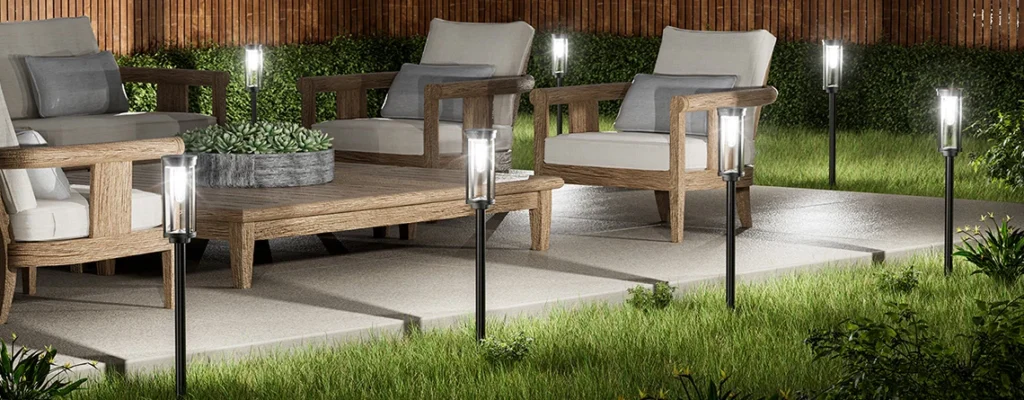
Real Community Rollout: Bitpott Savings in a Texas Condo Setup
Take a fictional-but-based-on-real 50-unit condo in Texas—pre-solar, 30 grid lamps ate $1,200 yearly in power and fixes. Switched to 20 Bitpott paths (walkways) and 10 walls (parking) at $1,000 total hardware. Post-install:
- Year 1 Energy Save: $900 (zero bills vs. prior).
- Brightness Boost: Paths at 300 lux evened complaints; motion walls cut idle drain 50%.
- Maintenance Drop: One battery swap ($20) vs. quarterly electrician ($400).
- ROI Achieved: Breakeven in 14 months; 5-year projection: $5,500 net gain.
- Resident Feedback: Safer nights, greener vibe—property values nudged up 2% per appraiser notes.
Data from similar pilots (e.g., California complexes) mirrors: 65% ops cut, with solar panels holding 90% efficiency year three. Challenges? Initial shading tweaks added $100, but app monitoring optimized angles remotely.
Best Blend: Why Path-Wall Combos Win on Effect and Economics
Blending Bitpott path lights for intimate zones and walls for broad sweeps nails the sweet spot—efficient illumination without excess spend. Energy audits and wireless ease make solar a no-brainer, with ROIs under 3 years trumping grid chains. For your neighborhood, map needs, claim rebates, and layer types; the result? Bright, bill-free spaces that boost safety and satisfaction, one sun-powered bulb at a time.

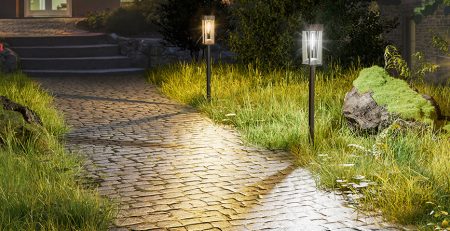
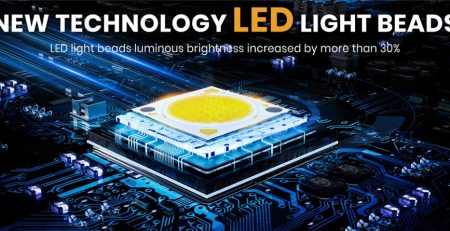
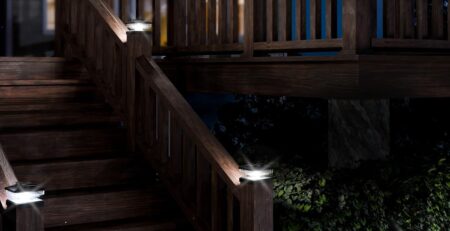
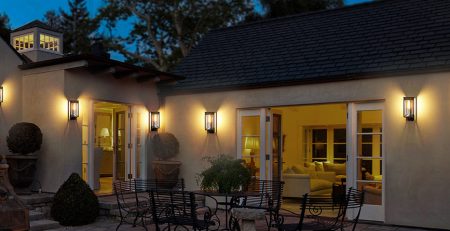
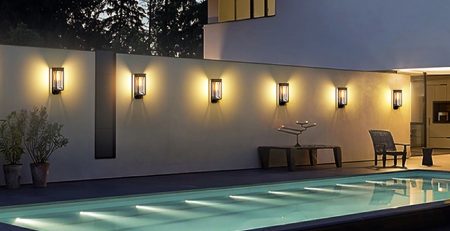
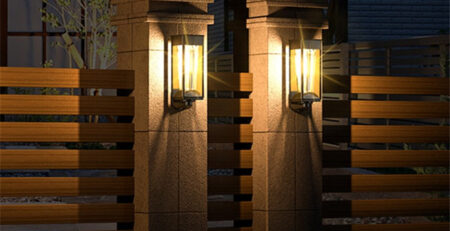
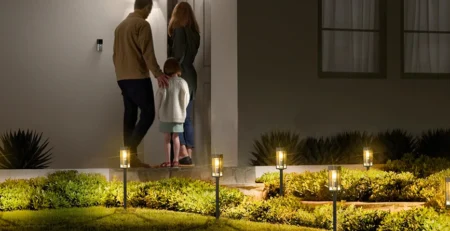
-1-2-450x231.webp)
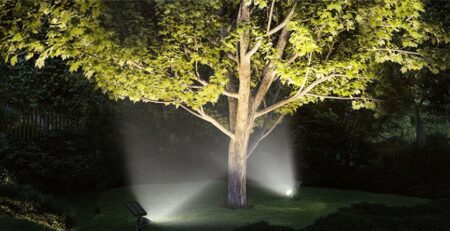
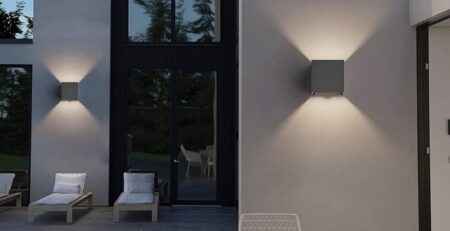
Leave a Reply